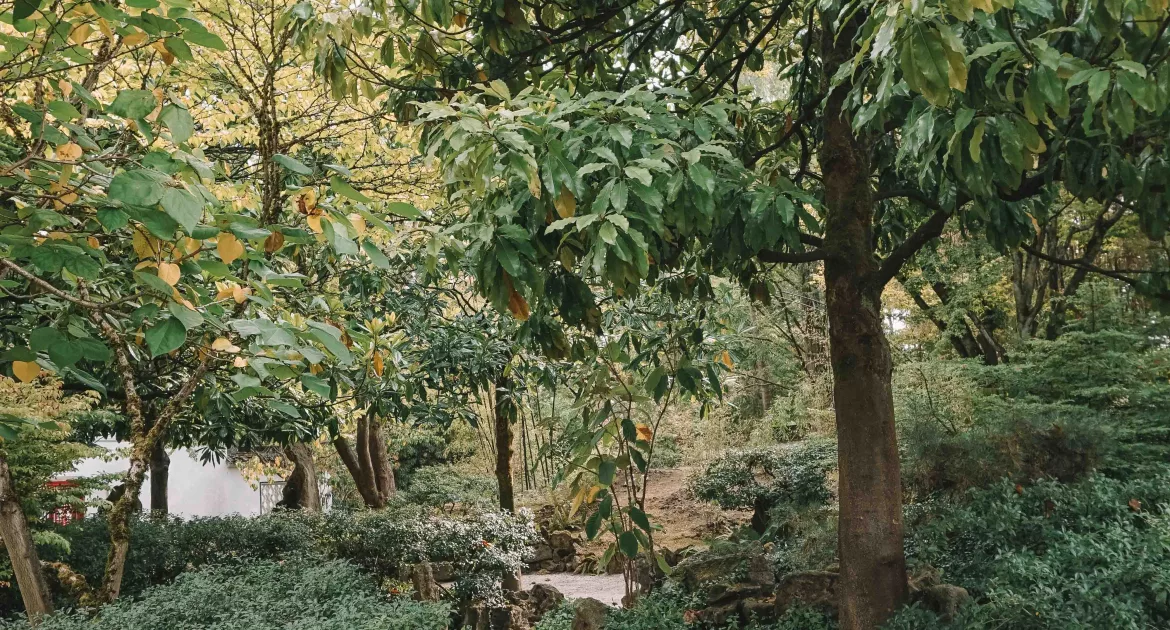Anxiety is a common human emotion, but when it starts to get in the way of your day-to-day life, it’s important to find ways to ease those feelings. If anxiety’s been a bit of a bother for you, don’t worry – there are plenty of simple relaxation techniques out there to help.
In this article, we’ll explore five of the most effective relaxation techniques for anxiety: deep breathing, progressive muscle relaxation, visualisation, meditation, and yoga. They’re all easy to pick up and you can do them pretty much anywhere, anytime.

1. Deep Breathing
Deep breathing is a simple and effective way to reduce anxiety, and when you’re feeling anxious, your breathing can become shallow and rapid, which can exacerbate your anxiety. This practice helps to slow down your breathing, bringing your body and mind back into balance.
To engage in this exercise, find a quiet place where you won’t be disturbed, sit or lie down in a comfortable position, and place one hand on your chest and the other on your stomach. Breathe in slowly and deeply through your nose, feeling your stomach rise, then exhale slowly through your mouth, feeling your stomach fall. Repeat this for 5-10 minutes, or until you feel calm.
2. Progressive Muscle Relaxation
Progressive muscle relaxation involves tensing and relaxing different muscle groups throughout your body, which can help to release tension and promote relaxation.
To do progressive muscle relaxation, start by tensing the muscles in your toes, hold the tension for 5 seconds, then relax for 10 seconds. Repeat this with each muscle group in your body, moving up from your toes to your head.
3. Visualisation
Visualisation involves using your imagination to create a calming and relaxing scene. This can help to take your mind off of your worries and focus on something more positive.
To do visualization, close your eyes and take a few deep breaths. Imagine yourself in a peaceful place, such as a beach, a forest, or a mountain meadow. Picture all of the details of the scene, such as the sights, sounds, smells, and sensations. Focus on the feeling of peace and relaxation that you are experiencing.
4. Meditation
Meditation is a practice that involves focusing your attention on the present moment, which can help to calm your mind and reduce anxiety.
There are many different types of meditation, and one simple type of meditation is to focus on your breath. Sit in a comfortable position, close your eyes, and pay attention to the sensation of your breath entering and leaving your body. If your mind wanders, gently bring it back to your breath.
5. Yoga
Yoga is a mind-body practice that combines physical postures, breathing exercises, and meditation, and can help to reduce stress, anxiety, and depression. If you are struggling with anxiety, these relaxation techniques can help to reduce your symptoms. It is important to find a technique that works for you and to practice it regularly.
There are many different types of yoga, so you can find one that is right for you. If you are new to yoga, it is a good idea to start with a beginner class.







